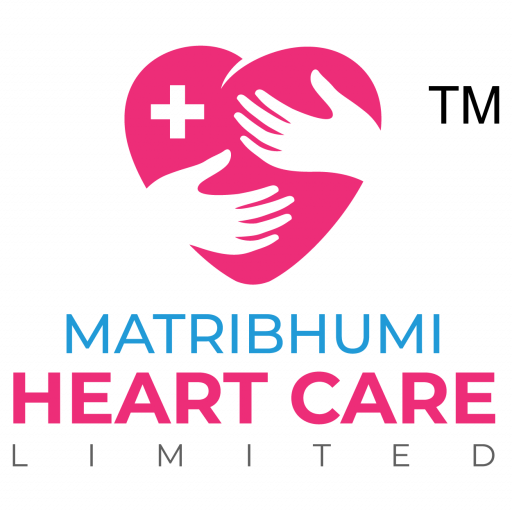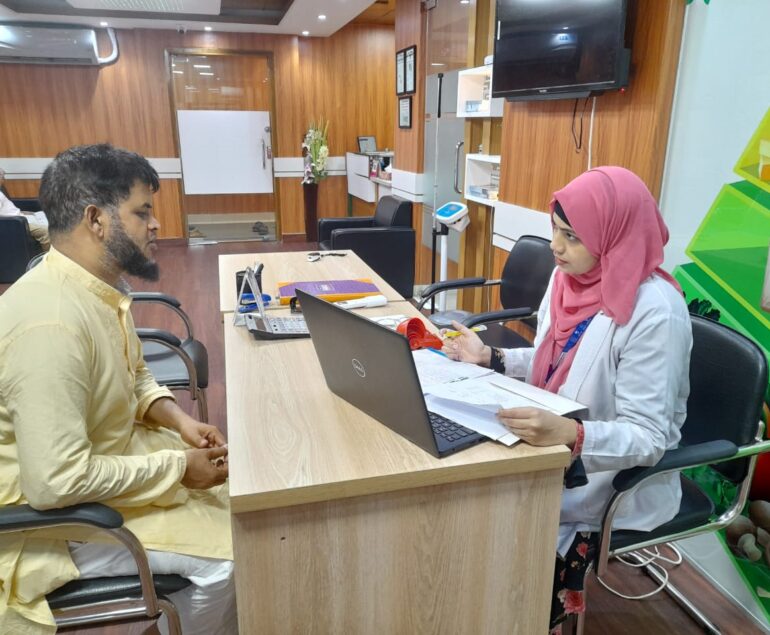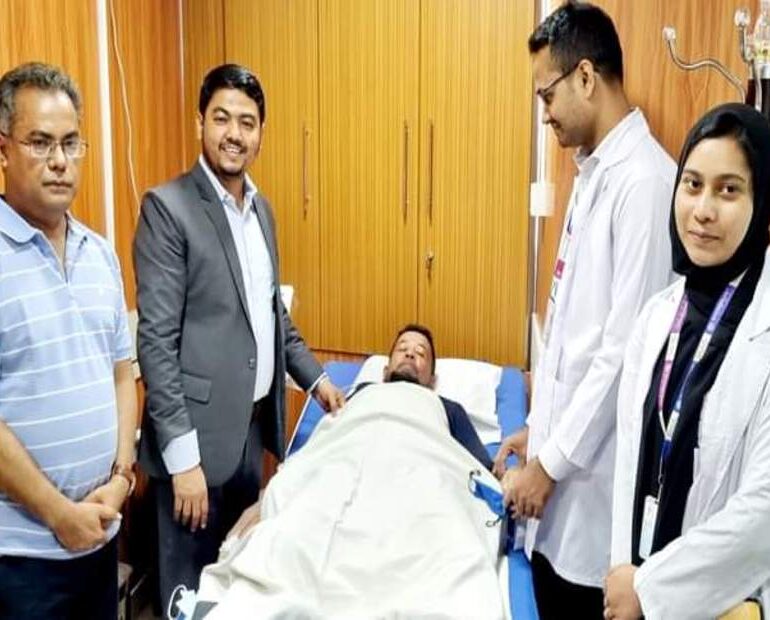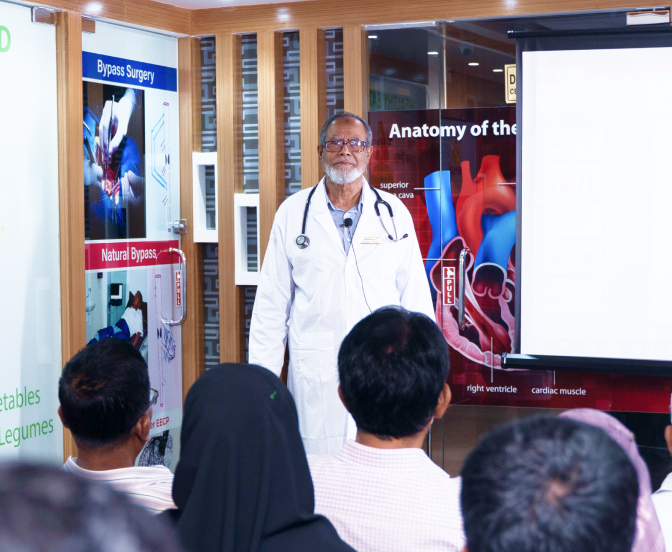Matribhumi Heart Care is one of Bangladesh’s best cardiac care facilities. BOOK AN APPOINTMENT TO OUR EECP DOCTORS AT Matribhumi Heart Care’s EECP Therapy Center Bangladesh.
What is EECCP therapy?
EECP stands for Enhanced External Counter Pulsation. EECP therapy is a non-invasive procedure where blood flows outside the body through an external pump. EECP (Extended Extracorporeal Counterpulsation) Therapy is a non-invasive technique that uses a portable device to perform pulsatile fluid exchange between two chambers separated by a semipermeable membrane.
EECP is a procedure that was developed at the University of California San Francisco Medical Center in 1982. In the last 30 years, several studies have shown that EECP is a safe and effective treatment for patients suffering from acute heart failure.
- EECP therapy is based on the concept that the human heart has its own natural pumping system.
- This natural pumping system includes the ability to create tiny vessels called collaterals, which are similar in size to those in the veins.
- These vessels develop when the heart contracts to pump blood, just like the veins in our legs and arms. However, the arteries are narrower than the veins and the veins don’t collapse when the heart contracts.
- In order for the blood to enter the heart muscle, it has to travel around the blockages in the arteries. These blockages make it difficult for the heart to receive blood from the arteries. A solution to this problem is the development of new pathways in the heart muscle called collaterals.
EECP Process during treatment?
During the EECP therapy, the patient’s blood is pumped out of the heart and then returned back to the heart via a catheter inserted into the femoral artery.
- When patients enter the hospital, they are hooked up to the ECG machine.
- An electrocardiogram is a test used to evaluate the electrical activity of the heart.
- A doctor will be monitoring the patient’s heartbeat while he or she is getting an electrocardiogram.
- The doctor may inject a chemical into the patient’s bloodstream that will help locate the source of his or her problem. For example, he or she may inject dye into the bloodstream to help locate the source of a heart attack.
- Once the patient is hooked up to the ECG machine, a series of wires are connected to the patient. The timing signals that control the inflation and deflation of the pressure cuffs that are wrapped around the patient’s calves, thighs, and buttocks are provided by a computer.
- The effect of these events is to increase the oxygen supply and perfusion pressure in the heart muscle, increasing its blood flow. A greater preload increases the heart’s ability to pump more blood during the next systolic event.
- As the patient’s heart nears the end of diastole and is preparing for systole, the computer tells the deflation valve to open so the cuffs can be instantly deflated.
- This action has advantages for therapy, by reducing the heart’s after-load.
- Because of the diastolic augmentation exercises, the patient’s peak diastolic pressure is increased, benefitting circulation in the heart muscle.
- In the process of creating a healthy vascular system, you can get all of your blood pressure reduced.
How EECP works?
- The EECP system consists of two components: the extracorporeal circuit (ECC) and the counter pulsator (CP). The ECC is connected to the CP through a cannula.
- The ECG monitor records the electrical activity of the heart.
- A pulse oximeter measures the oxygen saturation level of the blood.
- Blood pressure monitors measure arterial blood pressure.
- A compression sock helps increase blood flow to the heart. It can also be used as a prevention strategy for those who have a history of clots.
- An infusion pump delivers medications and fluids to the patient.
- During each cycle of EECP, blood is removed from the right atrium, passed through the extracorporeal circuit, pumped back into the right atrium, and finally returned to the patient’s circulation. It relaxes blood vessels, lowers blood pressure, and improves circulation.
- EECP could encourage blood vessels to open small channels that become extra branches. Blood flow to the heart muscle may eventually be provided by these channels or collaterals. The relief of angina symptoms is contributed to by this.
The total duration of EECP
The total duration of EECP therapy varies depending on the condition of the patient. Most commonly, it lasts between 30 minutes to 2 hours. Total 35 hours of EECP therapy are required for patients to be accepted for treatment. However, some patients may need longer treatments.
Is EECP Therapy an effective alternative to Heart Bypass Surgery?
Yes, EECP therapy is an effective alternative to heart bypass surgery. In fact, many people who have undergone EECP therapy have had their surgeries canceled due to its effectiveness. Contact our EECP Therapy Center Bangladesh for best EECP therapy.
Benefit of EECP
A study published in 2008 showed that EECP therapy reduced mortality in patients who were listed for heart transplants. Patients treated with EECP had significantly lower rates of death compared to those who did not receive EECP. Another study published in 2009 showed that EECP was associated with decreased hospitalization and increased survival in patients with severe heart failure. Patients who undergo EECP have a higher rate of successful heart transplantations than patients who do not receive EECP therapy.
- After the full course of treatment, most patients report that their angina symptoms are reduced or eliminated and that they have a great tolerance for exercise. Their dependence on anti-angina medications has been lessened or eliminated, as their social activities are no longer restricted.
- EECP has been shown to provide long-term relief from angina symptoms, in addition to the subjective benefits of a more active lifestyle.
- The benefits of EECP therapy can be used to determine the effectiveness of treatment. Benefits can be measured by response to exercise stress testing.
- Patients who have a blockage in their heart arteries that are unsuitable for angioplasty or bypass surgery can benefit from EECP.
At our EECP center in Bangladesh, our patients have experienced considerable improvement in their heart block symptoms after this comprehensive non-invasive procedure and were able to resume their normal activities with little to no breaks.




